The Setup
On a late February afternoon in 2010, a Beechcraft P35 Bonanza, tail number N1521S, was returning to its home field at Lee Airport (ANP) in Edgewater, Maryland. The weather was clear, the winds were light out of the west, and everything pointed toward an uneventful landing. But within minutes, the routine flight turned into tragedy. The airplane stalled on short final, banked hard to the right, and slammed into trees just half a mile from the runway. The pilot was killed, and a post-crash fire consumed most of the airframe.
The Pilot’s Background
The man at the controls was a 53-year-old private pilot who also held an instrument rating. He wasn’t a low-time weekend flyer. By the time of the crash, he had logged roughly 1,125 total hours, including 185 hours in the Beech P35. In fact, he had flown that exact airplane for about 80 hours in the year leading up to the accident, including three hours in the last 30 days. His most recent flight review was just six weeks prior. On paper, he was legal, current, and qualified to handle the flight. But behind the logbook numbers, there were deeper challenges at play.
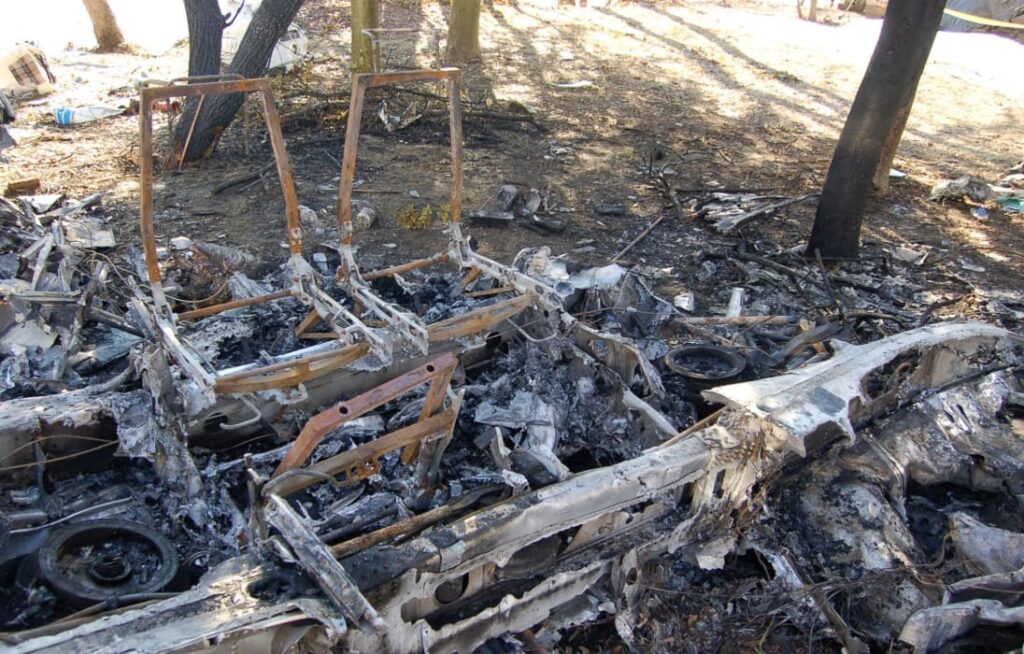
The Flight
The pilot departed Runway 30 at Lee Airport for a short local hop. Witnesses said the airplane circled back and set up for a straight-in return to the same runway. At first, nothing seemed abnormal. But as the airplane descended through about 300 feet on final, things began to unravel. The Bonanza appeared nose-high and slow, gear and flaps extended. Then, suddenly, the right wing dropped into a steep bank, and the airplane plummeted into a stand of 60-to-70-foot trees. Witnesses reported seeing a fireball erupt moments later.
Radar data confirmed the eyewitness accounts. At 600 feet, the airplane was on final at about 74 knots. Within 28 seconds, it had slowed to 64 knots and descended to 300 feet—dangerously close to stall speed for that airplane in landing configuration. The P35’s flight manual recommends 69 knots on approach, with a stall speed of about 52 knots when configured to land. The margin for error was razor-thin, and the pilot didn’t leave himself much room.
The Wreckage
Investigators found the Bonanza upright but heavily damaged, the cockpit destroyed by fire. The engine had torn free and was discovered in a creek 100 feet from the main wreckage. Both wings showed impact with trees. The gear was found retracted, and the flaps were positioned between zero and five degrees—conflicting with witness reports that they had been extended on final. The propeller blades bore “S-bending,” a classic sign of rotation at impact. The engine showed no signs of mechanical failure. In other words, the airplane was flyable right up until the stall.
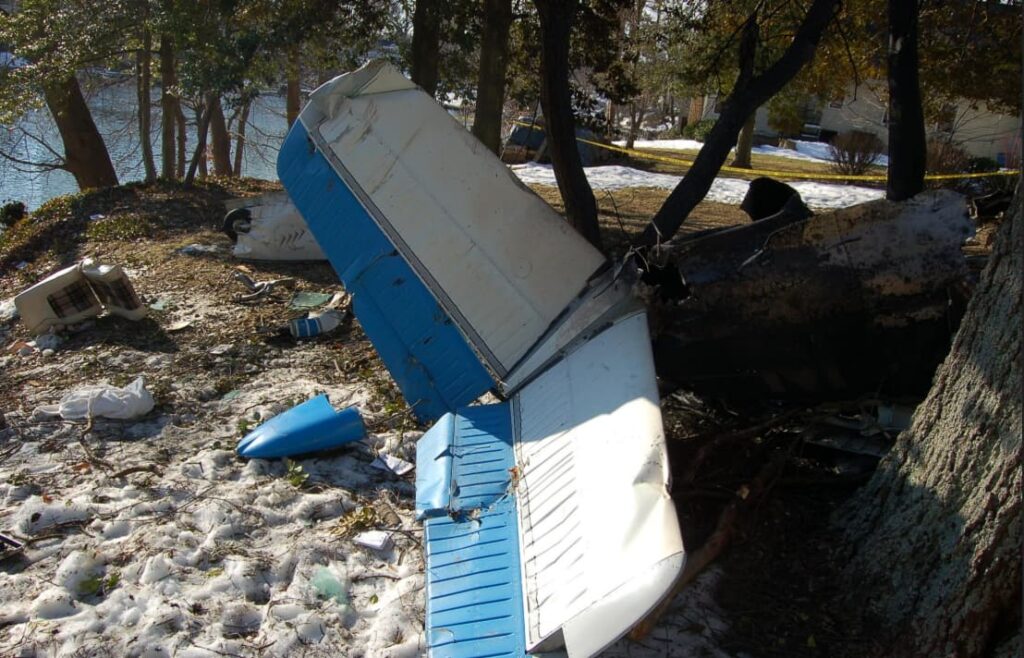
The Medical Picture
Where this case takes a darker turn is in the pilot’s medical history. He had undergone back surgery just six weeks before the crash and was reportedly still in significant pain. For over a year, he had been prescribed narcotic painkillers—often from multiple providers. Just three days before the accident, he had filled a prescription for 90 oxycodone-acetaminophen tablets.
Toxicology tests after the crash painted a troubling picture. Investigators found evidence of oxycodone and oxymorphone in his urine, but not in his bloodstream. That suggested he may have stopped taking the medication recently, possibly experiencing withdrawal at the time of the flight. Withdrawal symptoms can include agitation, anxiety, nausea, abdominal cramping, and impaired concentration. Complicating matters, he also had bupropion in his system, an antidepressant sometimes used to help with smoking cessation, which carries a small but real risk of inducing seizures. The combination of pain, medication use, and possible withdrawal may have left the pilot physically and mentally compromised in the cockpit.
The FAA’s Role
This wasn’t the first time substance use had factored into the pilot’s life. He had a history of alcohol dependence, including a 2005 DUI arrest. Records also showed a long and checkered relationship with prescription drug misuse, including issues tied to his medical license as a physician years earlier. Yet, despite these red flags, the FAA continued to certify him. In 2009, just months before the accident, he was granted a third-class medical certificate. His application disclosed a history of alcohol dependence but denied current medication use, despite the ongoing prescriptions. The FAA accepted it.
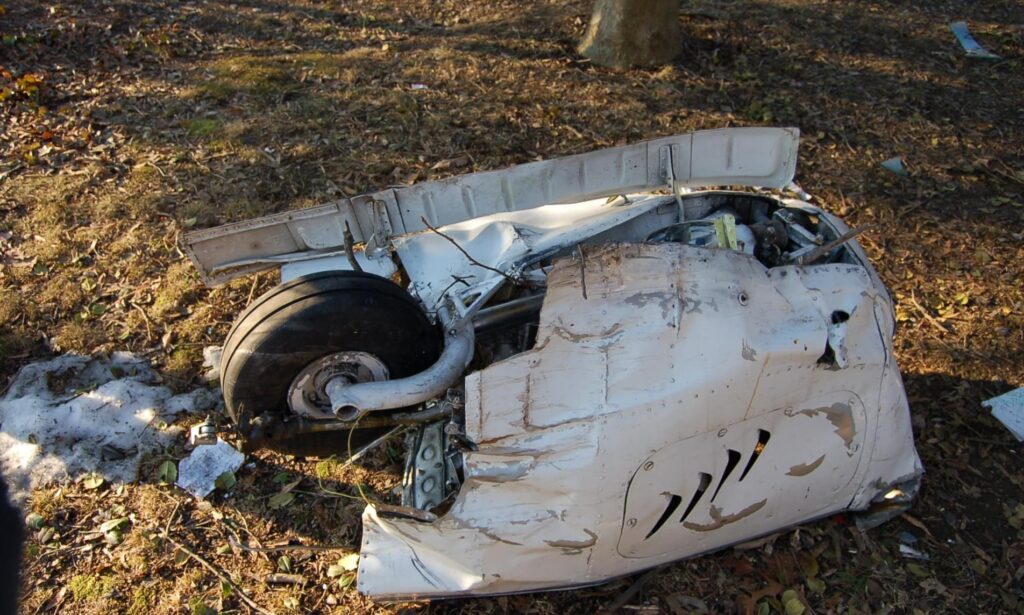
The Bigger Picture
So, what really caused this crash? On paper, it was straightforward: the pilot allowed his airspeed to decay below a safe margin on final approach, leading to an aerodynamic stall from which there was no recovery at that altitude. But that’s only part of the story. The NTSB concluded that his performance was likely impaired by pain, withdrawal, or both. Distraction, discomfort, and the physiological toll of addiction may have clouded his ability to fly precisely when precision mattered most.
Lessons Learned
This accident is a sobering reminder that flying demands not only technical skill but also physical and mental readiness. Even experienced pilots with thousands of hours can fall victim to a lapse in airspeed control, particularly when their attention is divided. Add in pain, stress, or chemical dependency, and the margin for error narrows to nothing.
It also highlights the role of medical oversight in aviation. The FAA depends heavily on pilots to self-disclose medical issues and medication use, but as this case shows, self-reporting doesn’t always line up with reality. The result can be tragic not only for the pilot but also for anyone on board—or on the ground below.
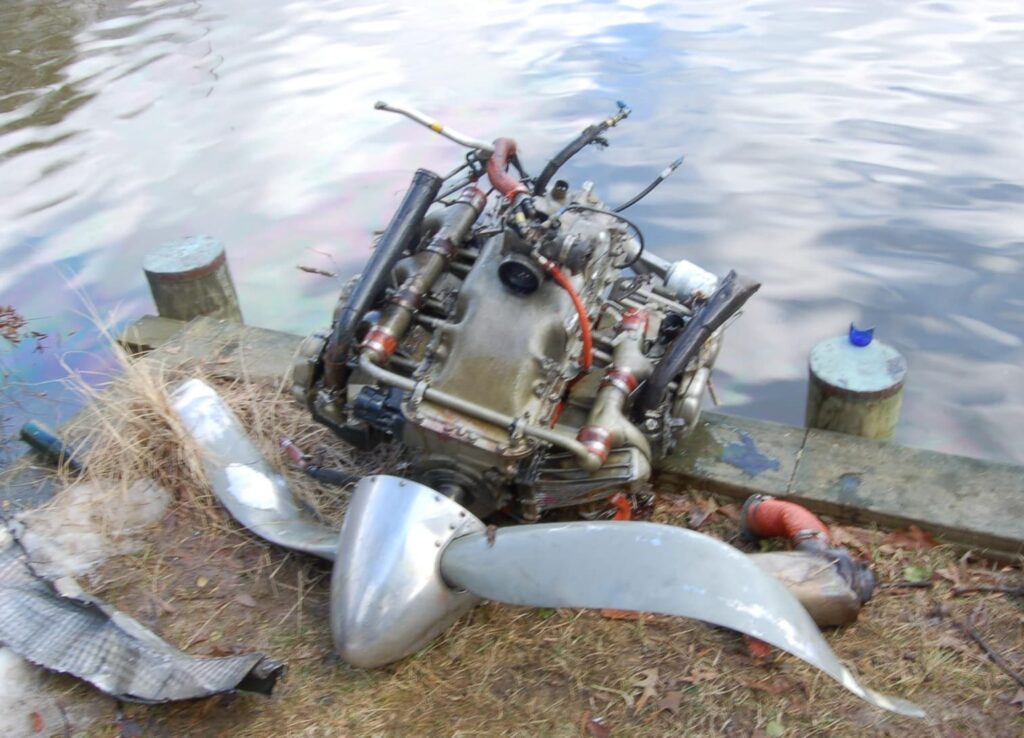
Closing Thoughts
The crash of N1521S wasn’t caused by bad weather, bad maintenance, or bad luck. It was caused by a stall, pure and simple. But underneath that stall was a human being carrying pain, addiction, and distraction into the cockpit. As pilots, the lesson is clear: the airplane doesn’t care how experienced we are or what we’ve overcome. If we let the basics slip—airspeed, attitude, awareness—the outcome can be just as unforgiving.

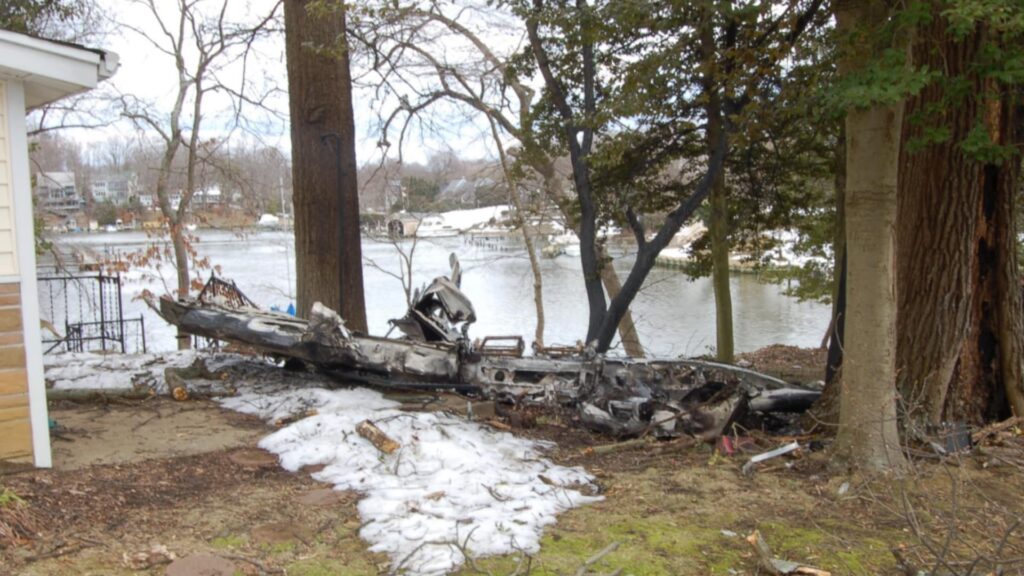



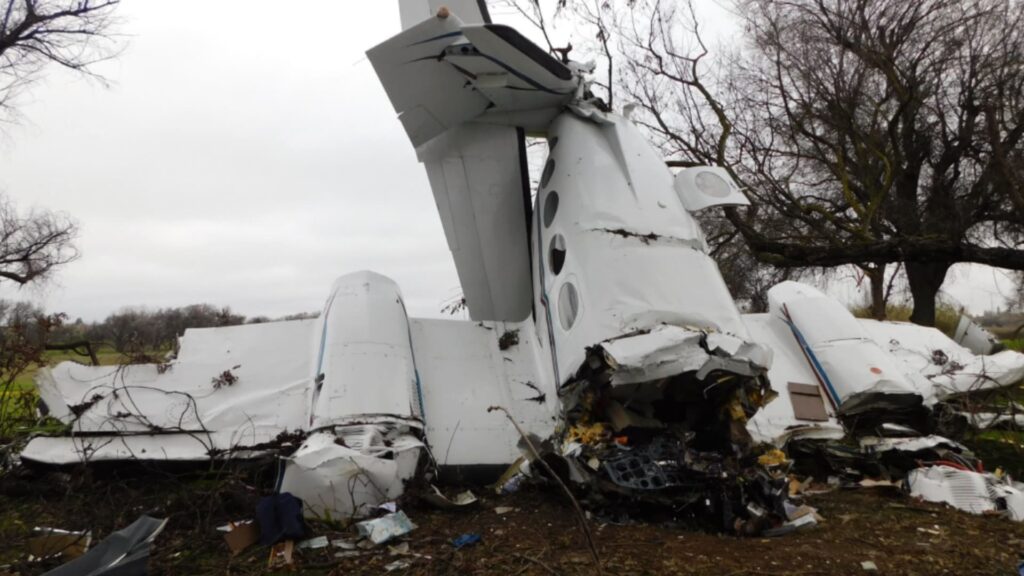
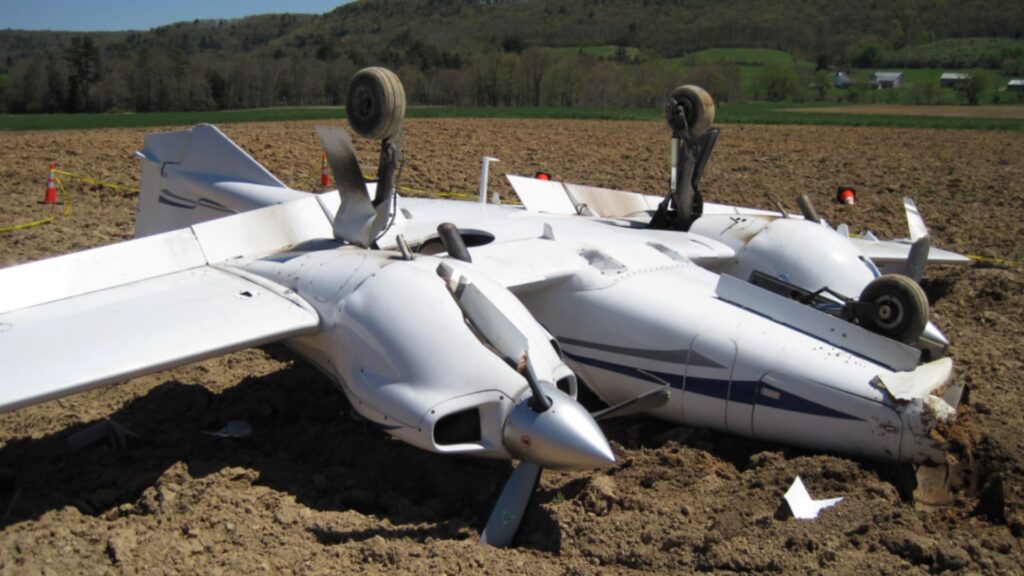
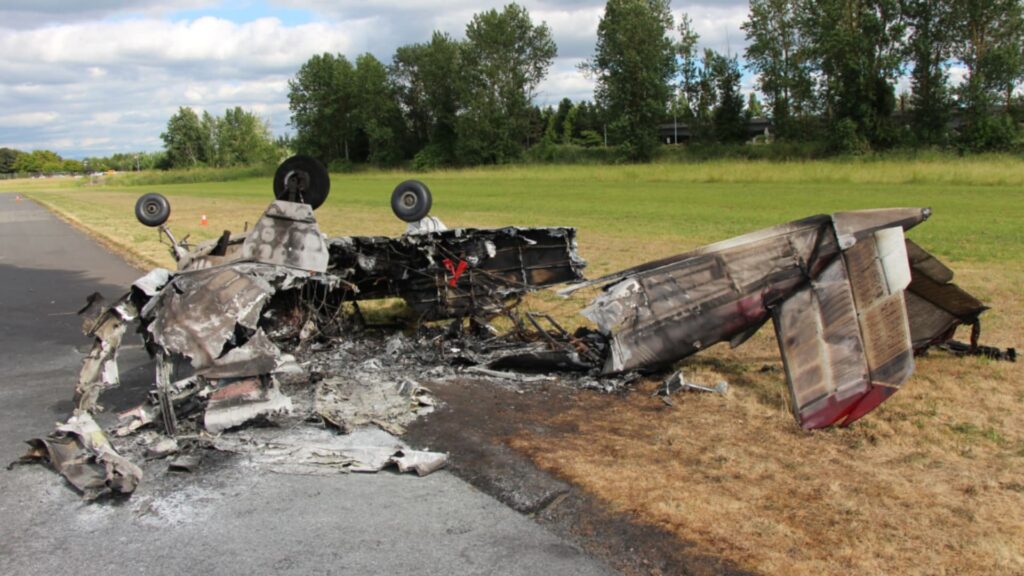
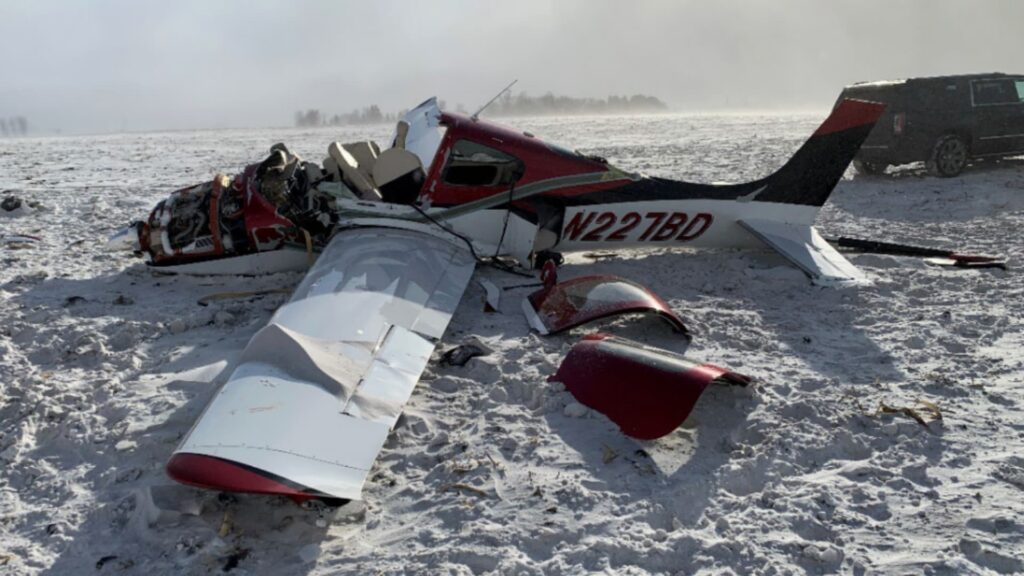
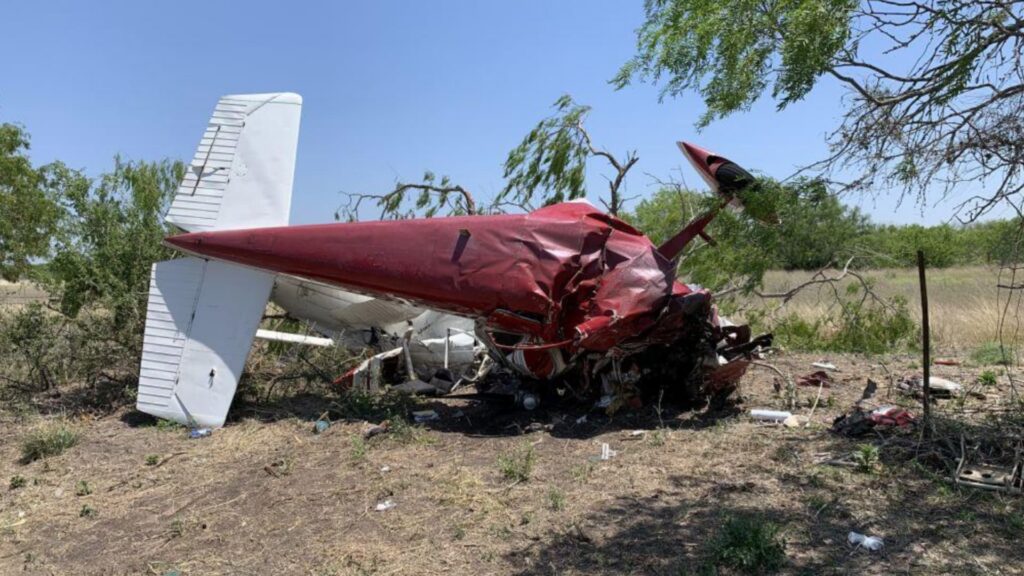
4 Comments
Hoover,
An excellent and accurate summary of yet another mishap that could (and should) have been avoided. As a former Flight Safety Officer and F-4 driver, I very much appreciate the lessons you are trying to teach to general aviators. Keep up the good work.
Distracted drivers of both autos and airplanes are becoming the new national pastime.
I have to agree with you. It seems more and more to be a part of too many accidents.
Thanks Hoover. Very interesting! In college I gave a speech on airplane accidents. It was a great topic as our football team was in a tragic accident a couple of years earlier and almost the entire team died. I wish that I was able.to deliver a speech that day with the knowledge and delivery that you have.
Thank you again!